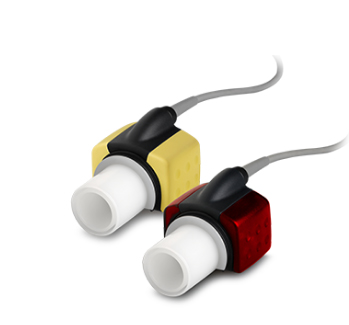
The American Society of Anesthesiologists (ASA) considers monitoring CO2 a standard of basic anesthetic protocol. The association's guidelines include ensuring adequate ventilation to patients receiving general anesthesia, providing continuous evaluation of ventilation, and verifying correct positioning of an endotracheal (ET) tube by measuring CO2 in the expired gas. In a dosed daim study, anesthesiologists who reviewed 1,175 anesthetic-related dosed malpractice claims found capnography and pulse oximetry could have potentially prevented 93 percent of avoidable anesthetic mishaps. Some of those reported cases included death or injury from intubation error.
Capnography, which is the measurement of carbon dioxide in a patient's breath, provides a good picture of the respiratory process, which comprises metabolism, circulation, and ventilation. It can pick up changes in metabolism that result from factors such as fluctuation in a patient's temperature that causes an increase or decrease in CO2 excretion. Capnography reflects changes in circulation resulting from poor cardiac output, variations in ventilation frequency and rate, or restrictive disease. Equipment-related anesthetic problems can be promptly detected and corrected when using capnography. For some of these problems, both physiologic and equipment-related, there is no other parameter that will alert you of trouble before the patient is adversely affected. For instance, just as the anesthesiologists found in their study, monitoring CO2 in a patient's breath instantly confirms whether tracheal intubation was successful.